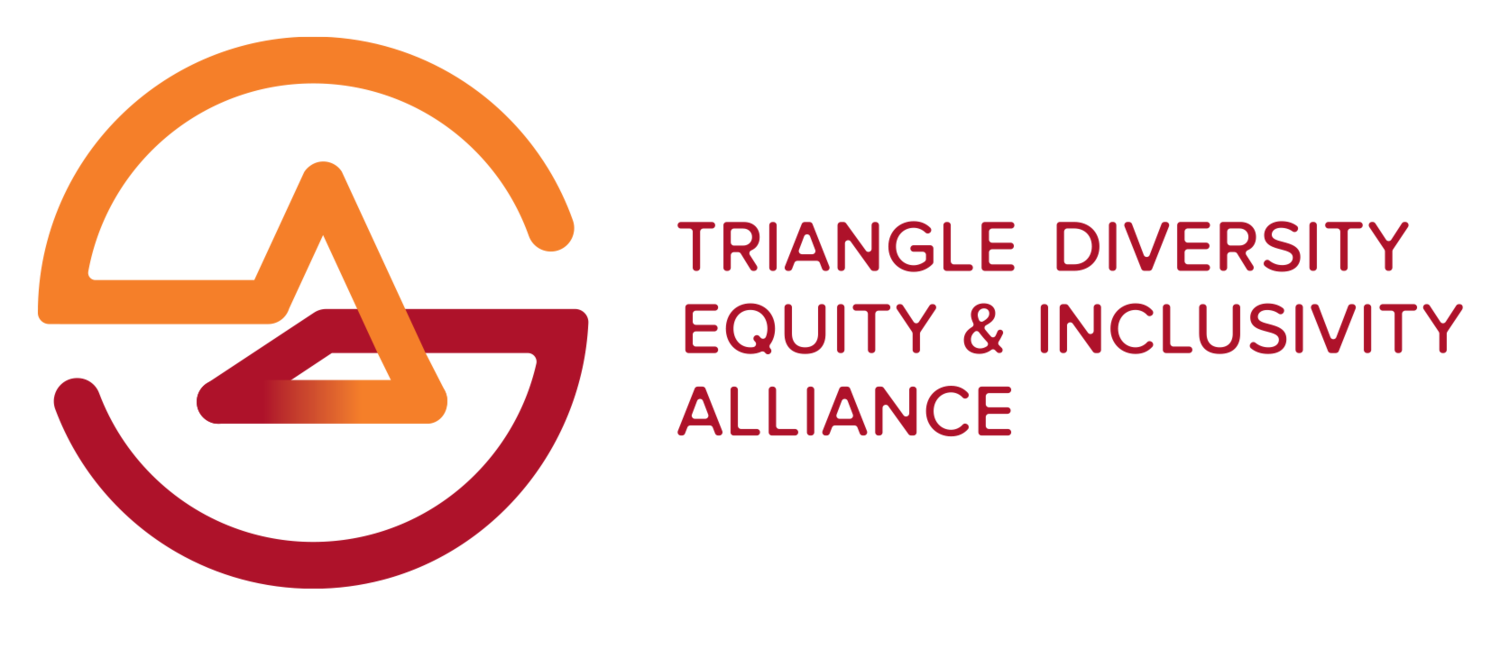Diversity, Equity, and Inclusivity in Workplace Appearance
Appearance is one of the most personal and intimate aspects of our identities. How we dress, how we style our hair, how we decorate our skin—These are incredibly personal decisions that reflect our individual personality, our culture, and our history. Our appearances are usually dictated by broader social norms, which set the stage for what is considered appropriate in a given setting. But who set these social norms? Who defined “appropriate”? When considering DEI in the workplace, the topic of appearance cannot be overlooked. If the goal is to achieve a diverse, equitable, and inclusive business space that allows each individual to be their authentic self, then consideration must be given to how individuals choose to express themselves visually.
Standards of appearance have historically been set by the dominant culture. Requirements to modify natural hair, to wear dress shoes, for women to cover their shoulders, for the removal of head coverings indoors—All of these ideas stem from the appearance principles of the historically dominant group. It’s important to examine and challenge these traditional principles of workplace appearance and ask, “Is this truly inappropriate? Or is this only inappropriate based on the standards of the dominant culture?”
Take, for example, tattoos. Many workplaces have a ban on visible tattoos because in the mid-to-late 20th century tattoos were negatively associated with the counterculture and therefore deemed “inappropriate” in the workplace. Yet just a few decades previously, in the late-19th century, tattoos were trendy status symbols for men and women in high society. Today, tattoos are once again in style, with one study estimating that 40% of young adults today have at least one tattoo. In creating an inclusive workplace, employers should consider that there are no absolutes in social history. Nothing has “always” been true, and what was true in decades past may not be true now. It is also critical to decolonize the definition of “appropriate” and challenge the dominance of Western standards. Tattooing does not solely live within the narrative of Western history. Tattooing is an ancient art, an integral and often sacred practice for cultures and indigenous peoples across the globe. From the Māori of New Zealand to the Haida of the Northwest coast of North America, tattoos exist beyond the fluctuations of Western social norms.
Considering gender identity and expression is another vital component of workplace appearance. As a society we are beginning to acknowledge a broader spectrum of gender identity and that appearance goes beyond what is traditionally associated as “Male” and “Female”. Many workplaces are embracing the practice of actively asking for and identifying pronouns in an effort to be more inclusive to those who do not identify within the traditional gender binary. But inclusivity goes beyond language. Employers must consider being inclusive of how each individual visibly expresses their unique gender experience. An employee who identifies as gender fluid might wear a suit (traditionally male-coded) one day and a skirt and blouse (traditionally female-coded) the next. An employee identifying as non-binary might wear a combination of traditionally male-coded and female-coded dress. And an employee who identifies as male and uses he/him pronouns might be just as comfortable wearing a skirt as he is trousers.
These are just a few of the many facets of considering workplace appearance through a DEI lens. While there are clearly many larger questions we must grapple with as a society, there are solid actions that can be taken today to create a workplace that is inclusive to appearance. At Greene Resources, we took a new look at our dress code policy. We removed gendered language, and instead of defining what “women” and “men” can wear at the office, we provided a short list of general items of clothing that suit our workplace. We also ensured that there was a balance between traditionally male-coded and female-coded clothing items as many dress codes disproportionately regulate female-coded dress over male-coded dress. And we put greater intentionality into our statement acknowledging the importance of individually held religious and ethnic beliefs, as well as acknowledging that some individuals will have unique needs due to disabilities or medical conditions. By taking this approach, we want employees to know that they are truly welcome to appear as their genuine self.
Recently, one of my coworkers hurt her hand in an accident. We were discussing our upcoming workday in the office, and she was nervous because the bandaging on her hand meant she couldn’t hold an eyeliner pencil easily. She was worried she would look “unprofessional” without makeup. I was proud to reassure her that she did not need to worry. What is professional is her authentic and whole self, eyeliner not required.
Written By: Katy Werlin
Senior Compliance Specialist, Greene Resources

